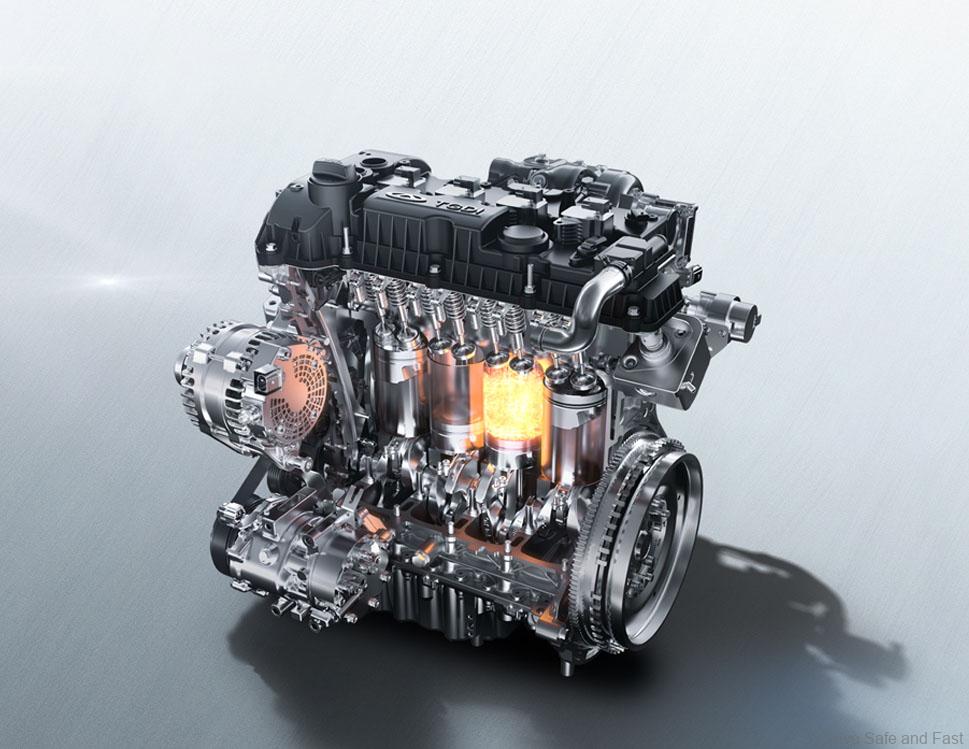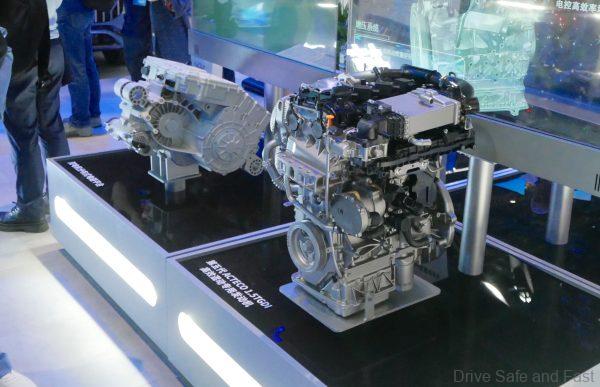It’s not an iPhone moment, but a Sony moment that will kill the ICE industry.
It’s the end of the year and that usually means motoring news dries up a little. I have been spending the time clearing some reviews and sharpening up my photography skills and knowledge. I’ve been led down the rabbit hole of youtube channels dedicated to vintage photography history and while my interest in the subject is limited, I do find the parallels to the automotive industry quite intriguing. Needless to say, all of this is just my opinion based on conjecture.
In a nutshell, just like the photography industry, the automotive industry was kicked off in Germany some 100 years ago. The ‘spark’ for consumer-level photography is often attributed to the Leica company, then an optics company known as Leitz. I won’t get into it here, but an employee at the company found a way to shrink the camera down into something you could carry in a bag and the rest is history. I’ll leave links at the bottom of the article for you to dive down the rabbit hole for yourself. Long story short, the Japanese eventually found themselves the leaders of the industry by the time the 1970s rolled around and they dominated the space well into the 1990s.

Where have we heard that story before? Oh yes, with the automotive industry of course. It’s hard to overstate just how much practical innovation many Japanese imaging companies brought to the film camera. Olympus, Pentax, Canon, Nikon, Fujifilm, Konica, Minolta, and Yashica were some of the giants of the camera industry. I think it’s safe to say that a similar level of innovation was brought to the automotive industry by Japanese brands. Toyota, Nissan, Honda, Mitsubishi Motors, Subaru, Mazda, Isuzu, Daihatsu and Suzuki are the analogues of the car industry.
Film To Digital; ICE To Electric
Even though the digital camera was invented in the 1970s, it was not until the late 1990s when the first viable replacements to professional grade film cameras appeared. Even in the 2000s early digital cameras had extreme limitations and film was still the way to go for many if not all. Once the iPhone and CMOS digital sensors from Sony became a reality, the film camera was put to rest and many of those giants mentioned earlier were forced to close shop or sell their operations off. The digital revolution made redundant decades of imaging innovation and was merciless to those who did not take it seriously enough.

Today, we have a similar revolution in the automotive industry. If Tesla was the iPhone moment for the car industry, we’re still waiting for a Sony CMOS sensor moment to happen to truly make the technology soar. Yet many are still ridiculing electric vehicles and their owners despite clear evidence that EVs are here to stay and are in many ways superior to ICE vehicles.

In some ways, it’s the film vs digital camera debate all over again. On a time scale, EVs are today where digital cameras were in the early-to-mid 2000s. Film cameras, like ICE vehicles, are still dominant and has reached a point of diminishing returns in terms of innovation. One day, the ‘smartphone revolution’ of the EV world will come and ICE will lose its appeal seemingly overnight.

Extrapolating The Future Of ICE
What happened to film? Well it didn’t just disappear. It became a niche. Tens of thousands of professionals and hobbyists around the world still shoot on film with amazing cameras and amazing results. But the industry for mass market production of NEW film cameras has disappeared – there are enough reliable point-and-shoots and even charming vintage cameras on the market to service anyone with a even a passing interest in film photography. You could pick the hobby up for just 100-200 Ringgit (links below) or spend hundreds of thousands on a historically-significant camera or maybe even buy a new Hasselblad hybrid film-digital system.

This could very well be the future for ICE too. If one day solid state battery tech appears and solves 90% of EVs limitations and costs, we could see the petrol engine going the way of the film camera. So start collecting the good ones now – one day there won’t be a reason for Mazda to make another petrol-powered MX-5, at least not at the price they currently make them for today.

The digital camera went through countless iterations before the industry settled on a system that worked. Companies spent billions on CCD sensors for decades only to realise that CMOS tech was better. When the dust settled, it was Sony that prevailed. They absorbed Konica Minolta’s imaging division early on and today just about every smartphone camera and mirrorless digital camera relies on a sensor from Sony.

In the car world, we’re starting to see the old giants fumble as ICE loses its relevance in China, the single largest auto market in the world. It’s obvious that some brands, as innovative as they are and have been, are not equipped for a transition to the EV age. I’m not going to say that China has had its ‘Sony moment’ in the EV space, but they’re certainly iterating on the tech fast enough that they may reach it soon.
Who Will Own The Future?
Today, Geely, GWM, BYD, and many others have in-house battery development and production, each hoping for that ‘Sony’ moment that will help them establish dominance in an EV-dominated future. It’s also clear that the competition in the EV space is rather cut-throat. It’s likely that some successful EV manufacturers are losing money, even in China. It’s also possible that they’re all iterating on technology that could be rendered useless, like the CCD sensor was in the early digital age. Maybe that’s why many legacy players have been reluctant to throw their hat in the ring.
For now, we haven’t hit that tipping point yet. I’m still convinced it’s coming and when it does, buying an EV might be as much of a no-brainer as buying a smartphone is today. That being said, I would not have purchased an early digital SLR camera in the 2000s and I certainly won’t be purchasing an EV until that Sony sensor moment occurs.
Links and References
How Sony became dominant in the digital age: https://www.youtube.com/watch?v=1dQx957kwYE
Simon’s utak, a great source for camera history: https://www.youtube.com/watch?v=X3Ck7ttJi-E
John William Ishii’s interview with a Malaysian camera expert regarding Olympus cameras from the 1970s is a real eye opener on how much innovation happened in film cameras: https://www.youtube.com/watch?v=TujSY4AiuMc
Iman of BenAutoBahn’s curation of budget-friendly film cameras: https://www.carousell.com.my/u/imanmanh